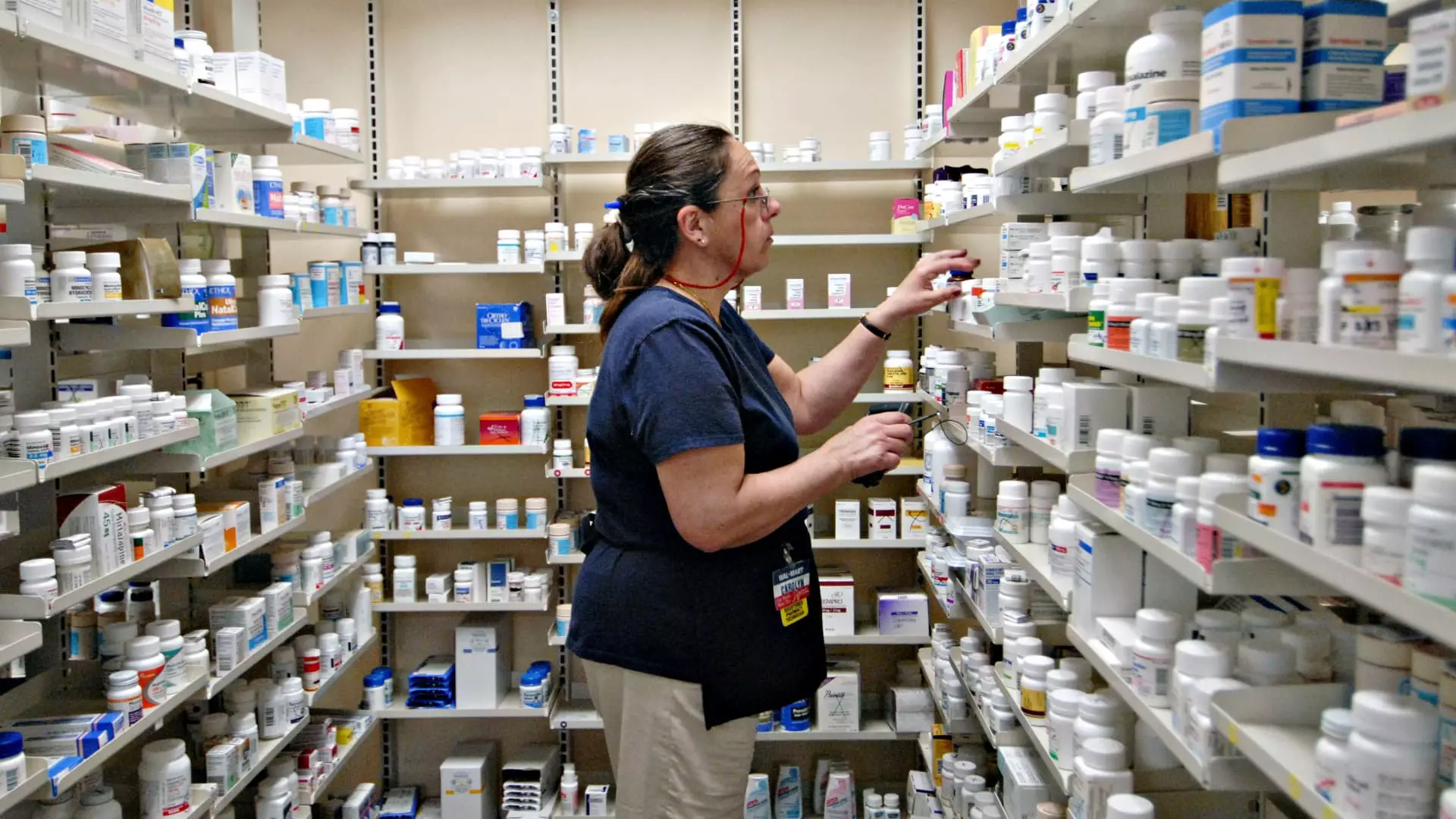The cost of prescription medications in the United States has been steadily increasing over the past few years, with a 37% increase since 2014. This rise in prices, far exceeding the rate of inflation, is putting a financial strain on consumers. The average American now spends $16.26 out of pocket per prescription, which can add up significantly over time. These higher costs are especially burdensome for those with high deductible plans or who do not have insurance coverage.
GoodRx, a drug savings company, has highlighted the impact of rising copays, coinsurances, and deductibles on patients. Data from the company shows that over the past decade, the average person’s deductible has nearly doubled, while copays are also on the rise. Additionally, many insurance plans are introducing higher tiers of drugs with increased copays, further adding to the out-of-pocket expenses for consumers. This trend, referred to as “the big pinch” by GoodRx, is making it increasingly difficult for individuals to afford their necessary medications.
Another concerning trend is the decrease in insurance coverage for prescription medications. GoodRx’s analysis of over 3,700 Medicare Part D plans between 2010 and 2024 revealed a 19% drop in the portion of medications covered. This reduction in coverage, combined with rising costs and increased financial barriers, is creating challenges for individuals in accessing and affording their medications. According to GoodRx director of research, Tori Marsh, the current situation is impacting consumers in multiple ways, making it harder for them to access medications and pharmacies due to the lack of comprehensive insurance coverage.
On average, Americans are paying two to three times more for prescription drugs compared to consumers in other developed countries. This stark contrast in pricing has caught the attention of policymakers, including President Joe Biden, who has made lowering drug costs a priority. With the 2024 election approaching, President Biden’s administration has taken steps to address the issue by implementing measures to reduce out-of-pocket expenses for prescription medications.
As part of the efforts to lower drug costs, the White House recently announced a plan to decrease prices on 64 prescription drugs for some Medicare beneficiaries. This initiative, which will take effect in the third quarter, is expected to benefit around 750,000 individuals who rely on these medications annually. The potential savings for patients could be significant, with some individuals projected to save up to $4,593 per day on their prescription drug expenses. Despite these efforts, GoodRx interim CEO, Scott Wagner, emphasizes that actual out-of-pocket costs for patients continue to rise, leaving many individuals surprised and struggling to afford their medications.

